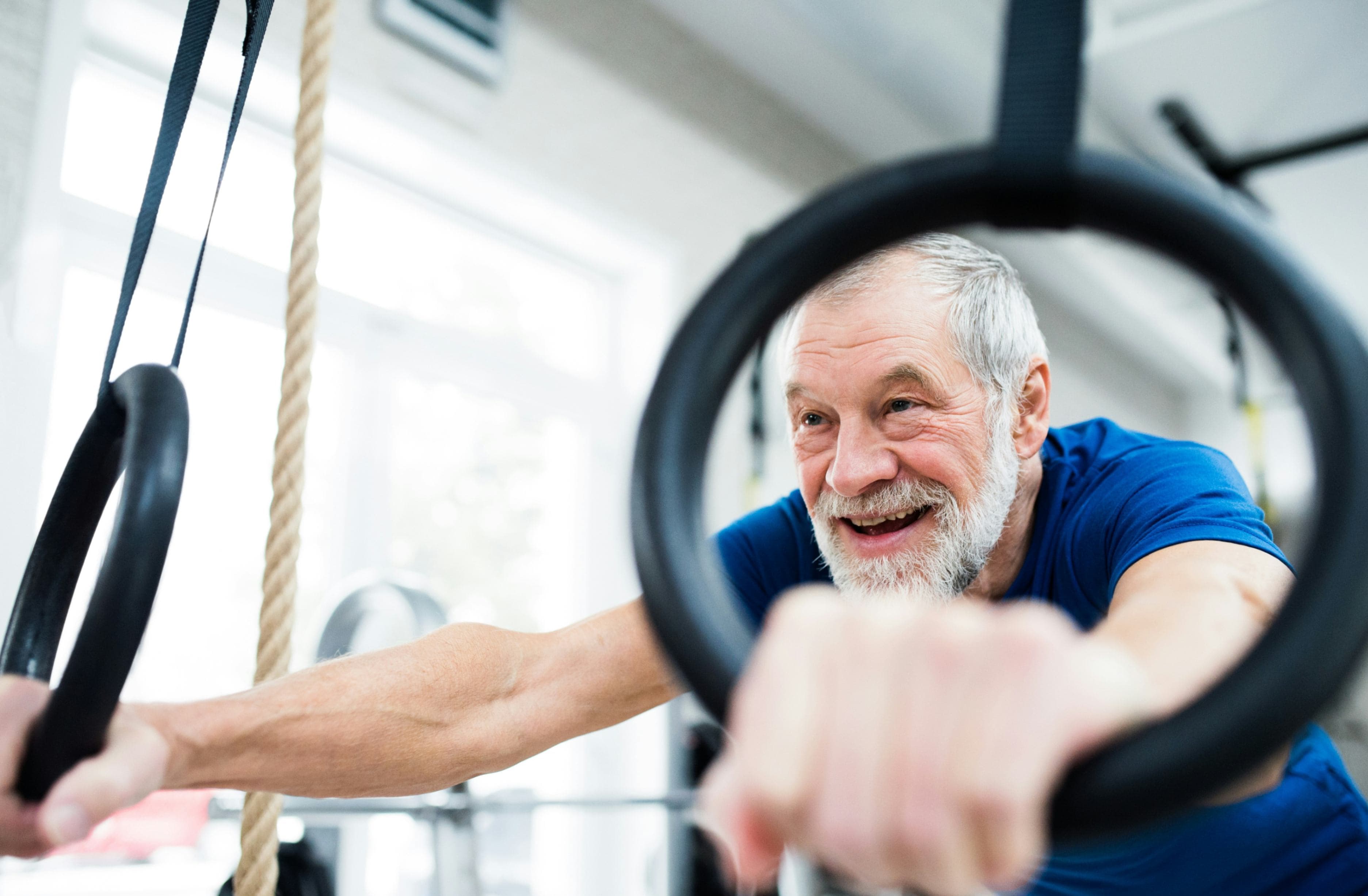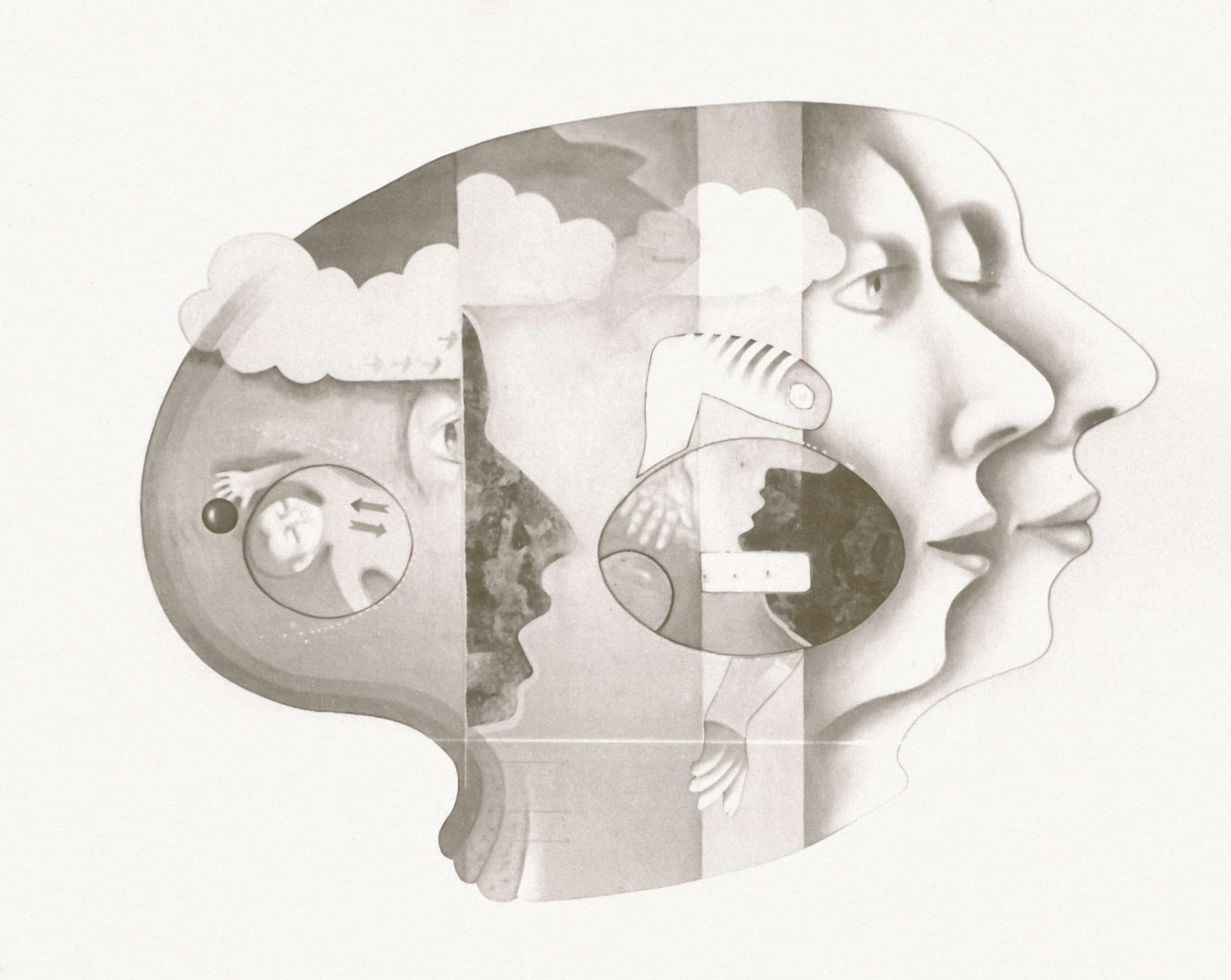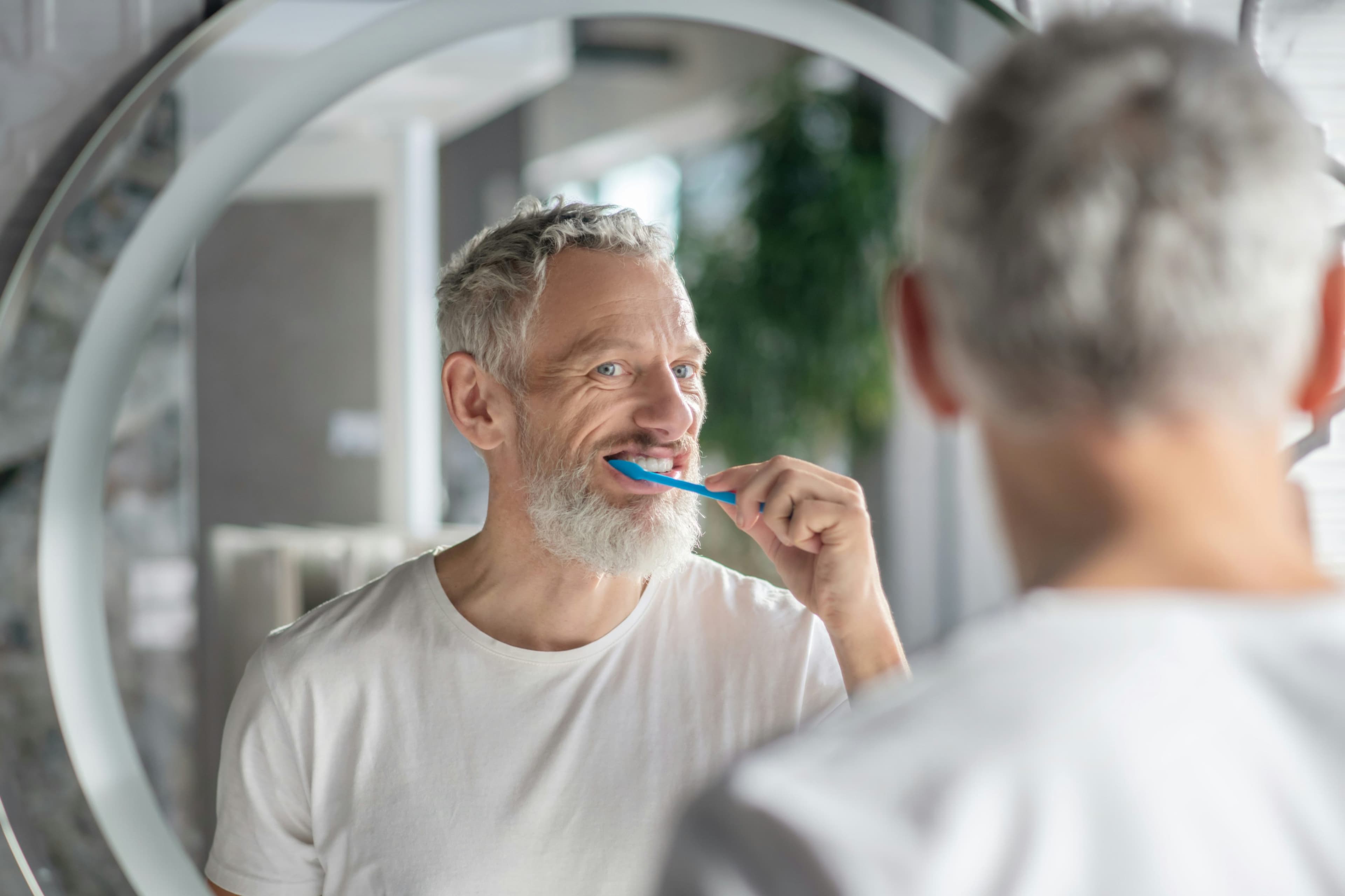
Integrating Physical Activity into Daily Living for Older Adults with Parkinsons Disease
Parkinson’s disease (PD) is a progressive disorder that gradually impairs mobility, independence, and confidence. Affecting about 1% of adults over 60, PD often starts subtly with tremors, stiffness, or posture changes, but over time it can make daily tasks increasingly difficult. In addition to visible symptoms, many individuals experience memory loss, anxiety, and fear of losing control. Despite these challenges, research indicates that regular physical activity can help reduce anxiety, improve cognitive function, and foster a sense of self-determination.
Building upon findings from Jacob D. Jones et al., the link between physical inactivity and both anxiety and cognitive decline in PD patients reveals a key opportunity for intervention. Their study of 487 participants found that lower physical activity was associated with higher anxiety and greater cognitive impairment1. This suggests that structured activity routines can serve as a non-pharmacological strategy to enhance mental and cognitive health.
Local governments and health departments can translate these insights into community-based exercise programs in assisted living facilities, day centers, and senior centers. These programs should emphasize safety and accessibility, using low-impact exercises like walking, tai chi, seated aerobics, and resistance band workouts. Such activities help maintain strength and mobility while also stimulating cognitive functions like coordination and memory recall2. Partnering with physical therapists and geriatricians, municipal wellness programs can tailor activities to the progression of PD symptoms.
Designing Mental Health Interventions Linked to Physical Activity
Parkinson’s disease (PD) is a progressive disorder that gradually impairs mobility, independence, and confidence. Affecting about 1% of adults over 60, PD often starts subtly with tremors, stiffness, or posture changes, but over time it can make daily tasks increasingly difficult. In addition to visible symptoms, many individuals experience memory loss, anxiety, and fear of losing control. Despite these challenges, research indicates that regular physical activity can help reduce anxiety, improve cognitive function, and foster a sense of self-determination. association between anxiety and reduced physical activity supports integrating mental health strategies into physical rehabilitation. Cognitive Behavioral Therapy (CBT), mindfulness-based stress reduction (MBSR), and group therapy can be included in wellness programs to reduce anxiety and foster engagement. Research shows that combining psychological support with physical activity improves adherence and outcomes in older adults with neurodegenerative conditions3.
Municipalities can lead by funding integrated care models linking movement-based therapy with counseling. For instance, a weekly “Move and Talk” initiative at a local senior center could combine light exercise with peer discussions or therapist-led support groups. These models not only
Read-Only
$3.99/month
- ✓ Unlimited article access
- ✓ Profile setup & commenting
- ✓ Newsletter
Essential
$6.99/month
- ✓ All Read-Only features
- ✓ Connect with subscribers
- ✓ Private messaging
- ✓ Access to CityGov AI
- ✓ 5 submissions, 2 publications
Premium
$9.99/month
- ✓ All Essential features
- 3 publications
- ✓ Library function access
- ✓ Spotlight feature
- ✓ Expert verification
- ✓ Early access to new features
More from Health and Mental Wellness
Explore related articles on similar topics





